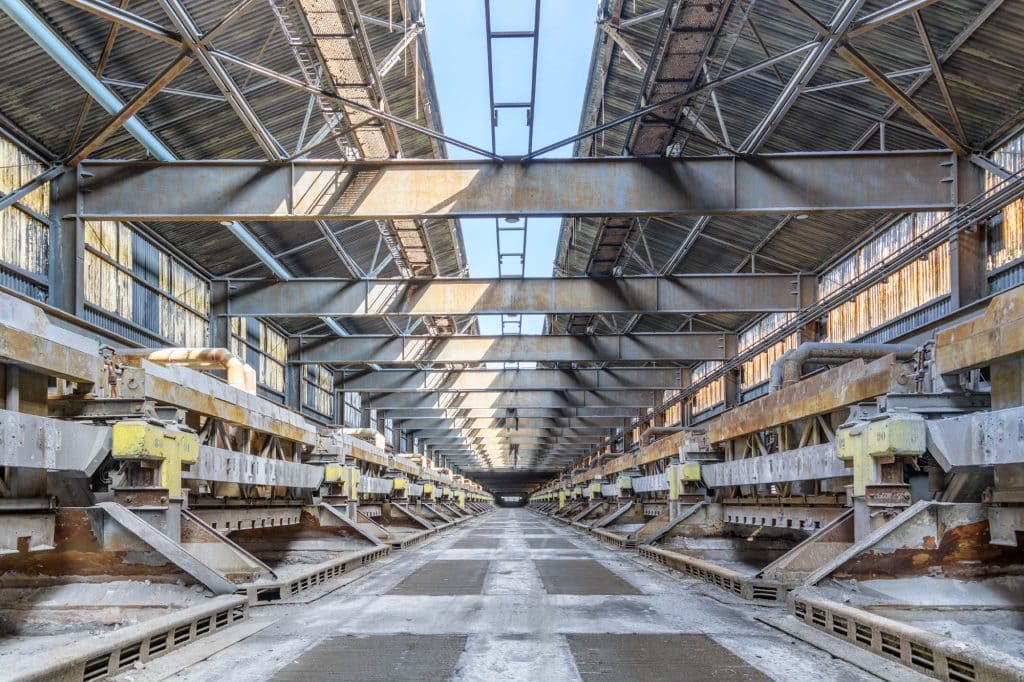
Giga Storage has already made headlines for its twice-as-large, 600MW/2,400MWh Green Turtle project in neighbouring Belgium, but the scale of the two projects means the company needs to take a phased approach.
“The only reason the larger, 2,400MWh project in Belgium will come after that [Leopard] is that we don’t have the capacity to work on both engineering, procurement and construction (EPC) and technical engineering work concurrently,” Rupert said.
The Dutch market has recently started to move into the gigawatt-scale with Giga’s project, one from Lion Storage and another from SemperPower and Corre Energy, all possibly enabled by an upcoming ‘flexibilisation’ of grid fees, one big existing barrier to large-scale battery energy storage systems (BESS).
But Giga’s initial expansion into Belgium was of a scale that dwarfed its projects on home turf, which Rupert put down to the team as much as the market fundamentals.
“Our big expansion in Belgium is down to the quality of the team. Our country manager head there is formerly of [Belgian TSO] Elia and knows the system really well. In a way both Elia and [Dutch TSO] TenneT are both very in favour of energy storage, but Belgium doesn’t have the transmission charging costs. That helps the business case,” he said.
The firm is targeting 5GW of energy storage by 2030. “With our current portfolio we could go higher, the big difficulty is having the qualified people to do it and getting all our ducks in a row with the contracting of the projects,” Rupert added.
Commercialising large-scale projects
As CCO, Rupert leads the commercialisation and monetisation of Giga Storage’s projects which, if progressed in line with its plans, will be far larger than any other done in Europe so far, even including the UK market, which is Europe’s leading market for BESS. Rupert’s learnings, therefore, should be of wide interest to the industry.
“With the operational agreements, it’s actually better to go for ones that don’t have a floor. Because the floor always has a price, and that floor is something the BESS should really be making anyway,” he said.
“With the really big BESS projects of 300MW or 600MW you can actually become the price setter instead of price taker, but really you want to be price taker. So we slice the BESS into pieces, so to speak, and we contract some utilities to operate parts and others will be operated by optimisers including our in-house optimiser. We are in the process of financing and how much is each needs to be worked on in the coming months, until we go to financial close. It takes three to 10 partners.”
“There is a real risk of operators not performing and a ‘perceived risk’ of revenues falling in the market. People point to the UK but the issue there was the TSO contracts falling and BESS not being equipped or having a strategy in place to make up for that.”
BESS pricing and timing of its projects
Rupert suggested the company is timing its projects ‘perfectly’ in respect to BESS pricing, which came down dramatically in late 2023 and early 2024.
“We are at prices now that were projected for two to three years from now. And we think the prices will continue to go down as parties and factories get more efficient. The production cycle is increasing to prepare for such big quantities of deployments,” he said.
However, like others have done he pointed out that surrounding costs of BESS construction including the plant and engineering works are likely to go up so the picture is a mixed one.

